Do-it-yourself balcony finishing options
When we start decorating a new apartment, or starting repairs in an old one, we, first of all, think about how the interior of this or that room will look. Meanwhile, you do not need to forget about the balcony either.
And on the contrary, it is better to start the repair from it, so that later you don’t go there through a clean, repaired kitchen or living room. This is not only about the balcony, as such - here you can include both the loggia and the terrace.
These small rooms can also be turned into a cozy and welcoming corner, where you can relax and enjoy the fresh air. We will talk about what options for finishing the loggias you can make yourself, and what materials you need for this.
The content of the article
Finishing not insulated balconies
In order to navigate, the better to finish a balcony or a loggia, you need to decide whether you will insulate it. Indeed, the feasibility of using certain types of materials depends on the temperature and humidity of any room.
Plastic sheathing
If you do not want to insulate the loggia, you do not have many options for decoration. First of all, this includes plastic sheathing of walls and ceilings.
So:
- It is desirable that the frame was made of a metal profile. Wooden blocks, even coated with an antiseptic, can be deformed from a constant change in temperature and humidity, especially in winter.
- On the floor it is necessary to make a screed and put ceramic tile on it, or linoleum without a base. This is the best option for such a room.
The balcony is structurally different from the loggia. Its decoration begins with the fact that a metal fence with a railing is replaced with a brick or block parapet, and windows are installed.
Only then will finishing the balcony make sense.
Plaster
The second option for finishing an uninsulated balcony is plaster. It is better to use a cement-based composition, rather than gypsum.
- Cement plaster is more resistant to moisture. For rough finishing of an unheated room, plaster options for outdoor work, both smooth and decorative, are suitable.
- Finishing surfaces can be made with acrylic or latex paint, as in the photo. They are not afraid of either moisture or ultraviolet rays, which are detrimental to many other materials.
By the way, plastering on the insulated balcony is much more difficult. To keep the solution on the heat-insulating layer, it is necessary to mount a reinforcing mesh on it.
Of course, the price of such finishes increases, as building materials necessary for insulation are added.
Siding
There is another material that is great for a non-insulated balcony. Options for finishing balconies with siding are not limited only to the inner lining.
This wonderful material, which is made of PVC slats, also produces the exterior finish:
- Siding panels are equipped with a nail edge and special latches for fastening; a section of any size can be assembled from them.
- When designing window and doorways, external corners, use the appropriate components that are purchased with panels. They provide the surface with a complete look.
- The decorative coating of vinyl battens can be monophonic, or imitate the texture of wood or stone. You can work with this material at any temperature - it is not afraid of any weather conditions.
If you finish the balcony with siding both outside and inside, you won’t need to additionally insulate it - it will perfectly protect the room from drafts and dust.
Frameless glazing of the balcony
Since we touched on the topic of exterior cladding, we cannot but mention how the options for finishing the facade, windows and interior decoration are combined. This is one of the new technologies for glazing the balcony for us, without using the familiar frame.
- Glass, in this case, plays the role of fencing and decoration material. In Europe, this decoration of the balconies is very popular, and has been used for over thirty years.
- It uses a profile system made of stainless steel or aluminum and thick tempered glass that can withstand large static and wind loads. Glasses are equipped with rollers, and easily move.
With such glazing, you only need to finish the wall adjacent to the adjacent room, but it does not need insulation. Frameless glazing is very convenient for balconies of complex configuration.
Warm loggias and balconies
If you decide to turn such a room into a winter garden, a living room, or a small office, the main task will be high-quality insulation of all its surfaces. How to do this, watch the video, read articles on this topic.
So:
- Our instructions will help you find interesting options for finishing the loggia and balcony with the insulation already made. In this case, the possibilities of using various materials are expanding.
On the insulated loggia, you can use almost all the materials that are in the rooms.
- The only exceptions are wallpapers. They burn out strongly in the sun, and in a year or two the walls will look ugly.
You can, of course, use blinds, but then in the adjacent room it will be forever dark.
The ceiling on the loggia can be done any, even stretch. As you can see in the picture above, the suspended plasterboard ceiling with a stained-glass window also fits perfectly into its interior.
The area of the balcony is usually small, so making such a design on its ceiling does not make sense.
Wood finish
This type of balcony decoration can be called the most popular.
This can be attributed to the cladding with a clapboard, and MDF panels, and wood paneling typesetting:
- Given that the lining has several varieties of profile, then the surfaces sheathed with them are very different in appearance. To improve the design, they can be combined with each other, using various methods of mounting boards in different directions.
- You can decorate surfaces not only by coloring the tree with colored varnish, but also in other ways - by burning, carving, using contrasting skirting boards. Of wood, you can build a wardrobe on the balcony, make benches, shelves.
For a small balcony, this is a great decoration. Larger loggias will require a greater consumption of materials, and natural wood is not a cheap species.
Therefore, for wall cladding, laminated MDF panels that imitate wood texture are often used.
Decorative rock
This finishing material can be used both for flooring and walls. Moreover, the walls are not always fully lined - it is an expensive pleasure.
Most often, decorative stone is used to decorate window and doorways, parapets:
- There are a lot of varieties of stone and its artificial analogues. Marble tiles are great for flooring - this surface should be smooth and durable.
Any type of stone is used to decorate the walls of the loggia: limestone, sandstone, granite chips, cobblestones.
For those for whom stone decoration does not fit into the budget, you can use other materials that mimic its texture. For example, you can sheathe walls with cement-bonded particleboards and decorate them with a self-adhesive film with a “stone” pattern.
There is another option: for sheathing, you can use laminated fiberboard, such as on the countertops of kitchen sets.
Bamboo
Recently, there has been a surge in the popularity of bamboo as a finishing material. Given that it is natural, environmentally friendly, has an attractive texture and is not afraid of moisture, it can be used in any room, and not just on balconies.
So:
- There are several ways to finish this. One of them is finishing with a bamboo cloth.
It is a bamboo strap fixed to a technical gauze that simply sticks to the surface of a wall or ceiling.
- Bamboo canvas blends perfectly with wood panelingas in our example. And there are bamboo panels.
They can be ceiling, or specially designed for wall decoration. Wall versions of the panels are larger, which speeds up the process of their installation.
There are bamboo floor carpets that can be used to decorate walls for a change. Combined finishes always look more advantageous.
Bamboo material makes it possible for various improvisations - such an interior will always look stylish and attractive.
Cork
And another, truly unique natural material that has virtually no restrictions on use. This is a cork, coverings are made of it even in bathrooms and pools.
- For wet rooms there are options for cork coatings soaked in wax. So if you decide to finish the cork with a non-insulated balcony, then it will be necessary to use impregnation.
- Cork boards and wallpapers are used as a decorative coating for walls. In the wallpaper, a thin layer of cork is glued to the paper base.
This is a purely decorative option, which can not be used in wet rooms. Cork tiles and roll coverings can be used for the floor. - As for appearance, the cork coverings do not always have the usual brown color. Shades can vary, depending on the time the material is exposed to certain temperatures.
The cork is tinted with unusual colors, whitened, coated with silver or golden paint, which gives unlimited possibilities for design.
Whichever finishing option you choose, the main thing is that the work be done correctly. If you doubt your abilities, invite a specialist.
A well-insulated and beautifully decorated loggia will certainly become a favorite vacation spot for you and your guests.
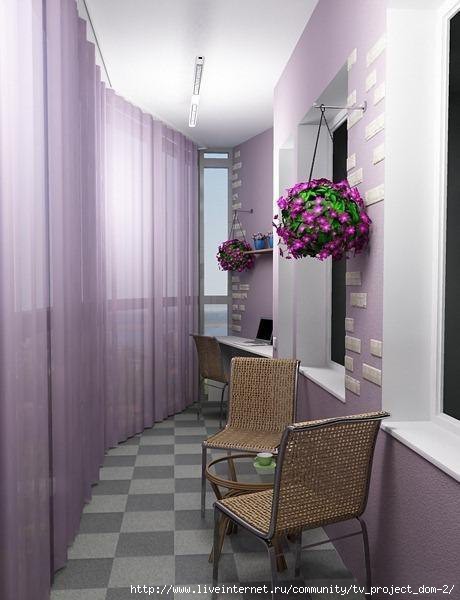
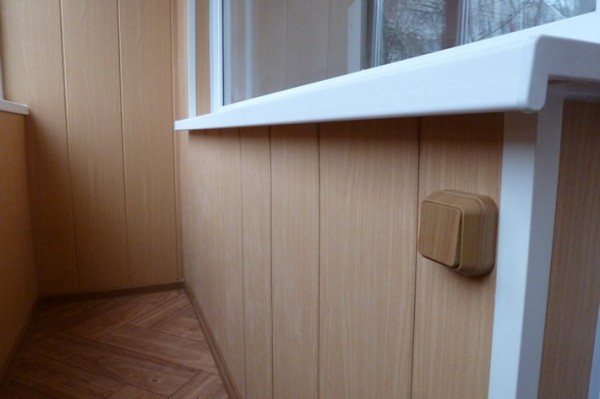
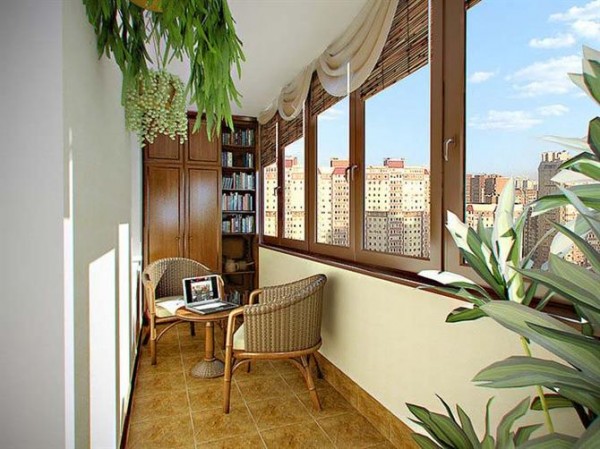
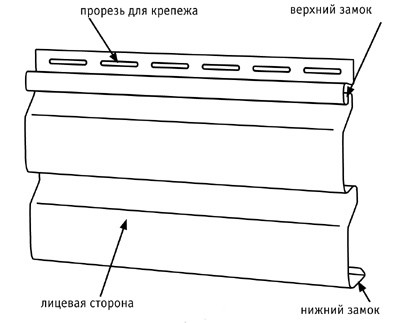
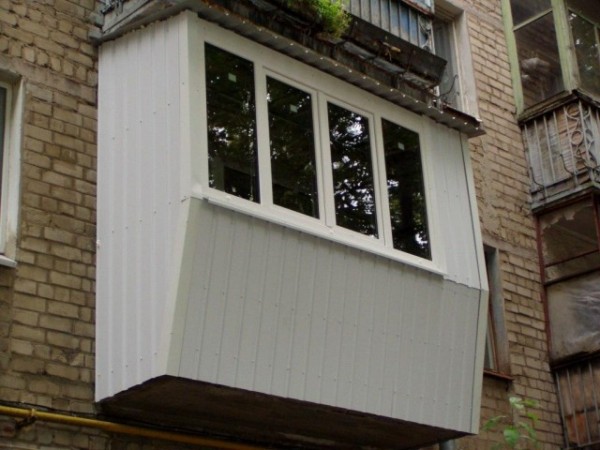
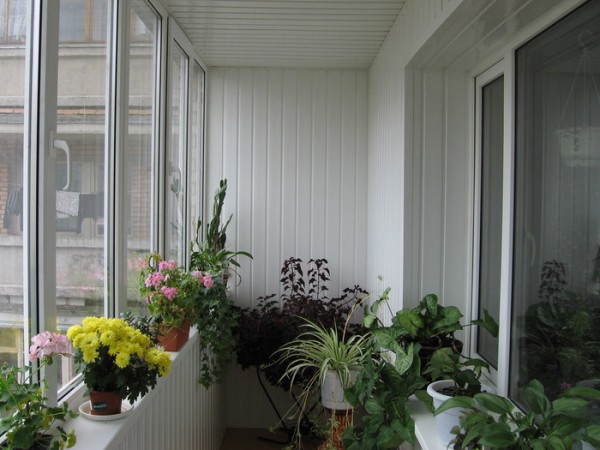
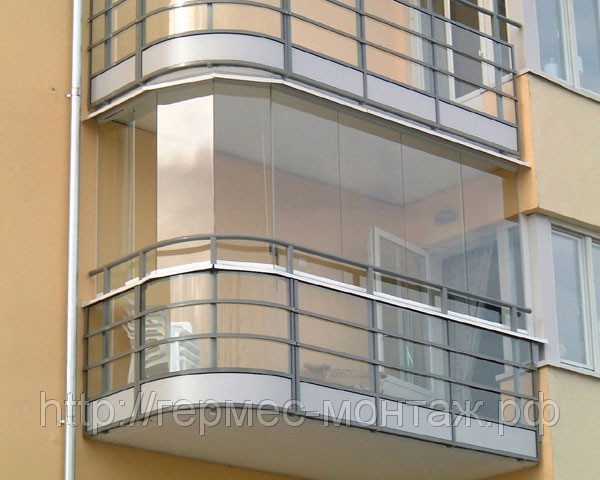
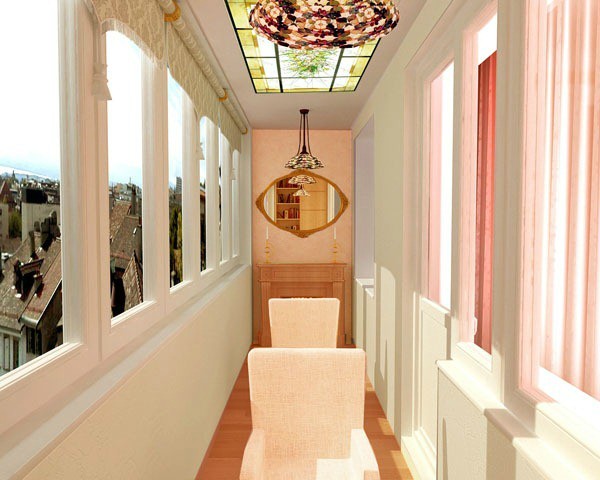
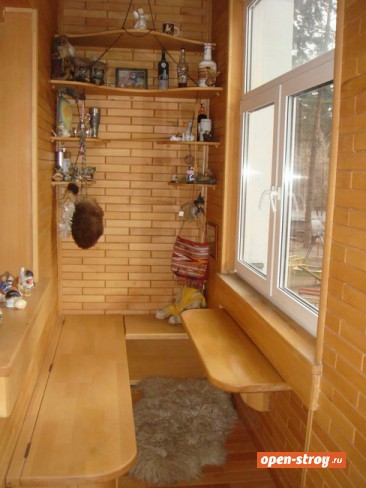
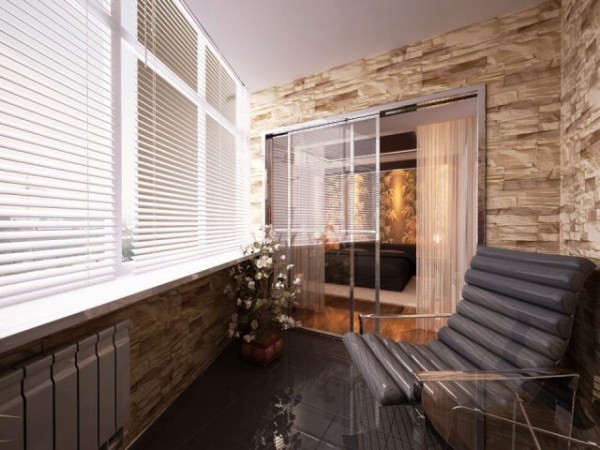
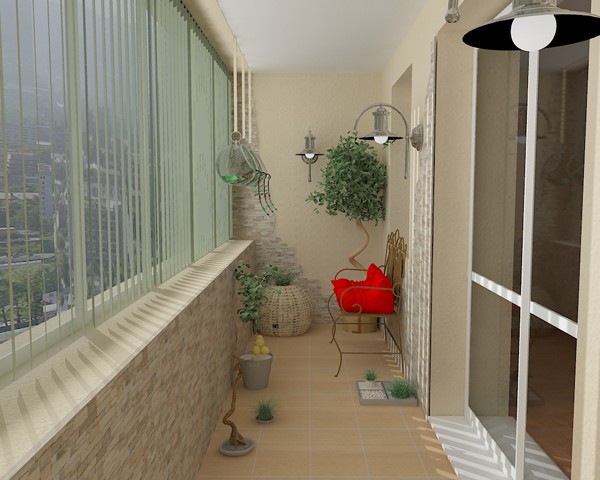
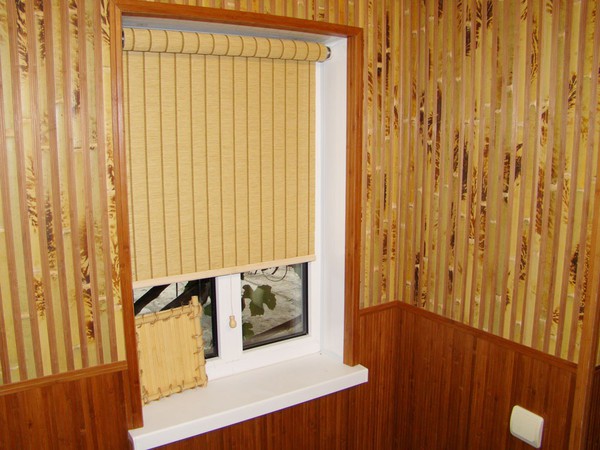
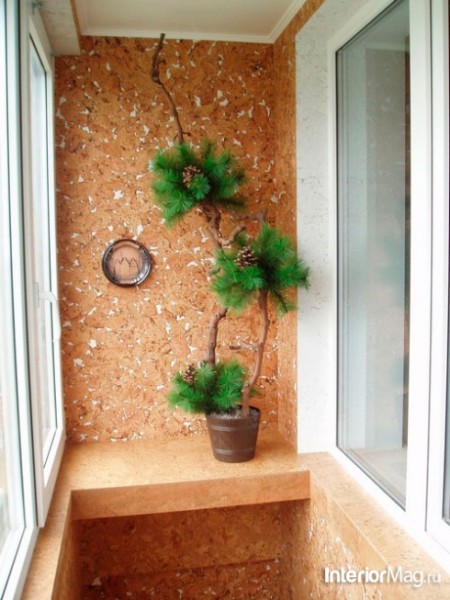
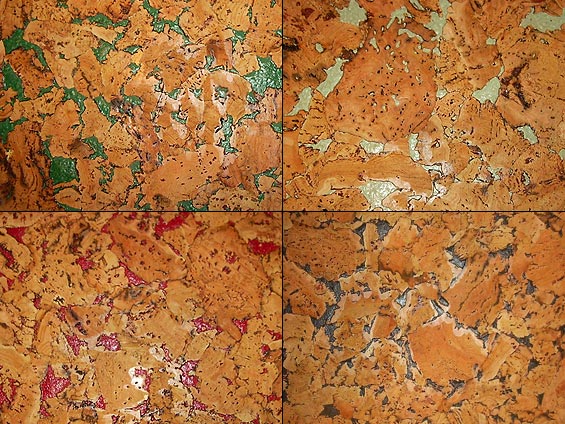

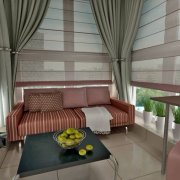
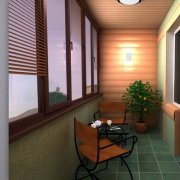
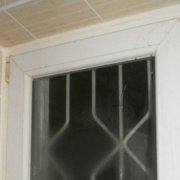
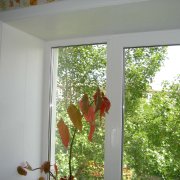
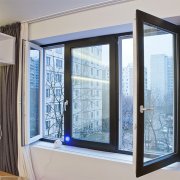
When I was in Germany, I managed to see with my own eyes a whole multi-storey building, the balconies of which were glazed framelessly.The sight is certainly amazing, the house looked outside, like the dwelling of a man of the future, but in the present it is already time. I can’t say how warm the balcony was in the winter, cold season. As far as I know, red-hot glass is a very expensive pleasure, and if you need this pleasure in such quantity to glaze such a large balcony area, you will have to shell out pretty much for its glazing. But the Germans have other financial opportunities, so for them our luxury is quite permissible for many residents of the country.